Nori Monkey 14-3-3 eta ELISA Kit
$508.00 – $916.00
This ELISA kit is for quantification of 14-3-3 eta in monkey. This is a quick ELISA assay that reduces time to 50% compared to the conventional method, and the entire assay only takes 3 hours. This assay employs the quantitative sandwich enzyme immunoassay technique and uses biotin-streptavidin chemistry to improve the performance of the assays. An antibody specific for YWHAH has been pre-coated onto a microplate. Standards and samples are pipetted into the wells and any YWHAH present is bound by the immobilized antibody. After washing away any unbound substances, a detection antibody specific for YWHAH is added to the wells. Following wash to remove any unbound antibody reagent, a detection reagent is added. After intensive wash a substrate solution is added to the wells and color develops in proportion to the amount of YWHAH bound in the initial step. The color development is stopped, and the intensity of the color is measured.
Alternative names for 14-3-3 eta: YWHAH, YWHA1
This product is for laboratory research use only not for diagnostic and therapeutic purposes or any other purposes.
- Description
- How Elisa Works
- Product Citations
- Reviews (0)
Description
Nori Monkey 14-3-3 eta ELISA Kit Summary
Alternative names for 14-3-3 eta: YWHAH, YWHA1
Alternative names for monkey: Rhesus macaque, Cynomolgus macaque, Baboons,
| Assay Type | Solid Phase Sandwich ELISA |
| Format | 96-well Microplate or 96-Well Strip Microplate |
| Method of Detection | Colorimetric |
| Number of Targets Detected | 1 |
| Target Antigen Accession Number | na |
| Assay Length | 3 hours |
| Quantitative/Semiquantitative | Quantitative |
| Sample Type | Plasma, Serum, Cell Culture, Urine, Cell/Tissue Lysates, Synovial Fluid, BAL, |
| Recommended Sample Dilution (Plasma/Serum) | No dilution for sample <ULOQ; sufficient dilution for samples >ULOQ |
| Sensitivity | 12 pg/mL |
| Detection Range | 62.5-4000 pg/mL |
| Specificity | Monkey 14-3-3 eta |
| Cross-Reactivity | < 0.5% cross-reactivity observed with available related molecules, < 50% cross-species reactivity observed with species tested. |
| Interference | No significant interference observed with available related molecules |
| Storage/Stability | 4 ºC for up to 6 months |
| Usage | For Laboratory Research Use Only. Not for diagnostic or therapeutic use. |
| Additional Notes | The kit allows for use in multiple experiments. |
Standard Curve
Kit Components
1. Pre-coated 96-well Microplate
2. Biotinylated Detection Antibody
3. Streptavidin-HRP Conjugate
4. Lyophilized Standards
5. TMB One-Step Substrate
6. Stop Solution
7. 20 x PBS
8. Assay Buffer
Other Materials Required but not Provided:
1. Microplate Reader capable of measuring absorption at 450 nm
2. Log-log graph paper or computer and software for ELISA data analysis
3. Precision pipettes (1-1000 µl)
4. Multi-channel pipettes (300 µl)
5. Distilled or deionized water
Protocol Outline
1. Prepare all reagents, samples and standards as instructed in the datasheet.
2. Add 100 µl of Standard or samples to each well and incubate 1 h at RT.
3. Add 100 µl of Working Detection Antibody to each well and incubate 1 h at RT.
4. Add 100 µl of Working Streptavidin-HRP to each well and incubate 20 min at RT.
5. Add 100 µl of Substrate to each well and incubate 5-30 min at RT.
6. Add 50 µl of Stop Solution to each well and read at 450 nm immediately.
Background:
14-3-3 proteins are a family of conserved regulatory molecules that are expressed in all eukaryotic cells. 14-3-3 proteins have the ability to bind a multitude of functionally diverse signaling proteins, including kinases, phosphatases, and transmembrane receptors. More than 200 signaling proteins have been reported as 14-3-3 ligands. The 14-3-3 proteins eluted in the 14th fraction of bovine brain homogenate and were found on positions 3.3 of subsequent electrophoresis by Moore and Perez (1967). Elevated amounts of 14-3-3 proteins are found in the cerebrospinal fluid of patients with Creutzfeldt-Jakob disease.[1] There are seven genes that encode seven distinct 14-3-3 proteins in most mammals. Eukaryotes can tolerate the loss of a single 14-3-3 gene if multiple genes are expressed, however deletion of all 14-3-3s (as experimentally determined in yeast) results in death. 14-3-3 proteins can be considered evolved members of the Tetratrico Peptide Repeat (TPR) superfamily, generally have 9 or 10 alpha helices, and usually form homo- and/or hetero-dimer interactions along their amino-termini helices. These proteins contain a number of known common modification domains, including regions for divalent cation interaction, phosphorylation[2] & acetylation, and proteolytic cleavage, among others established and predicted. 14-3-3 proteins play an isoform-specific role in class switch recombination. They are believed to interact with the protein Activation-Induced (Cytidine) Deaminase in mediating class switch recombination. Phosphorylation of Cdc25C by CDS1 and CHK1 creates a binding site for the 14-3-3 family of phosphoserine binding proteins. Binding of 14-3-3 has little effect on Cdc25C activity, and it is believed that 14-3-3 regulates Cdc25C by sequestering it to the cytoplasm, thereby preventing the interactions with CycB-Cdk1 that are localized to the nucleus at the G2/M transition.[3]
References
- Takahashi H et al. (1999). Clinical and Diagnostic Laboratory Immunology 6 (6): 983–5.
- Madhurima S et al. (2012). Biochemical Journal. doi:10.1042/BJ20120938.
- Jahn TP et al. (2002). The Journal of Biological Chemistry 277 (8): 6353–6358.
Be the first to review “Nori Monkey 14-3-3 eta ELISA Kit”
You must be logged in to post a review.



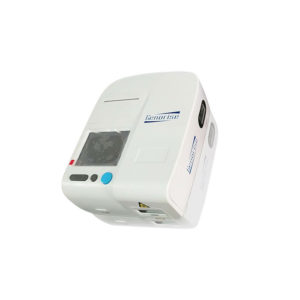
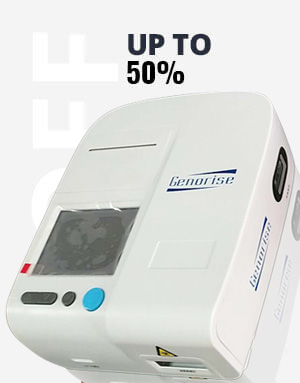


















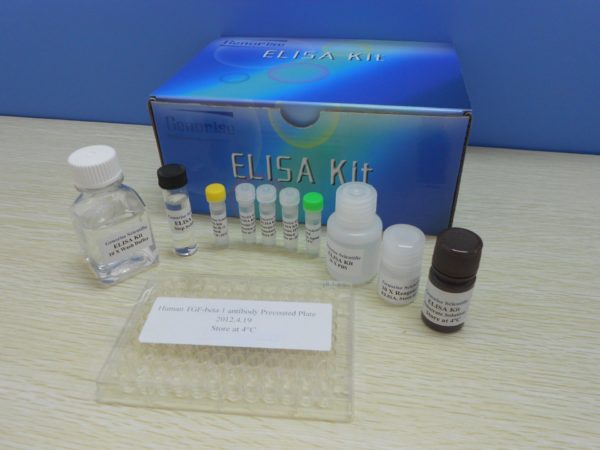
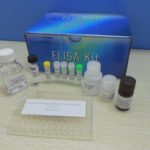
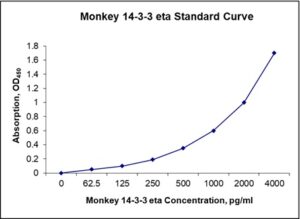
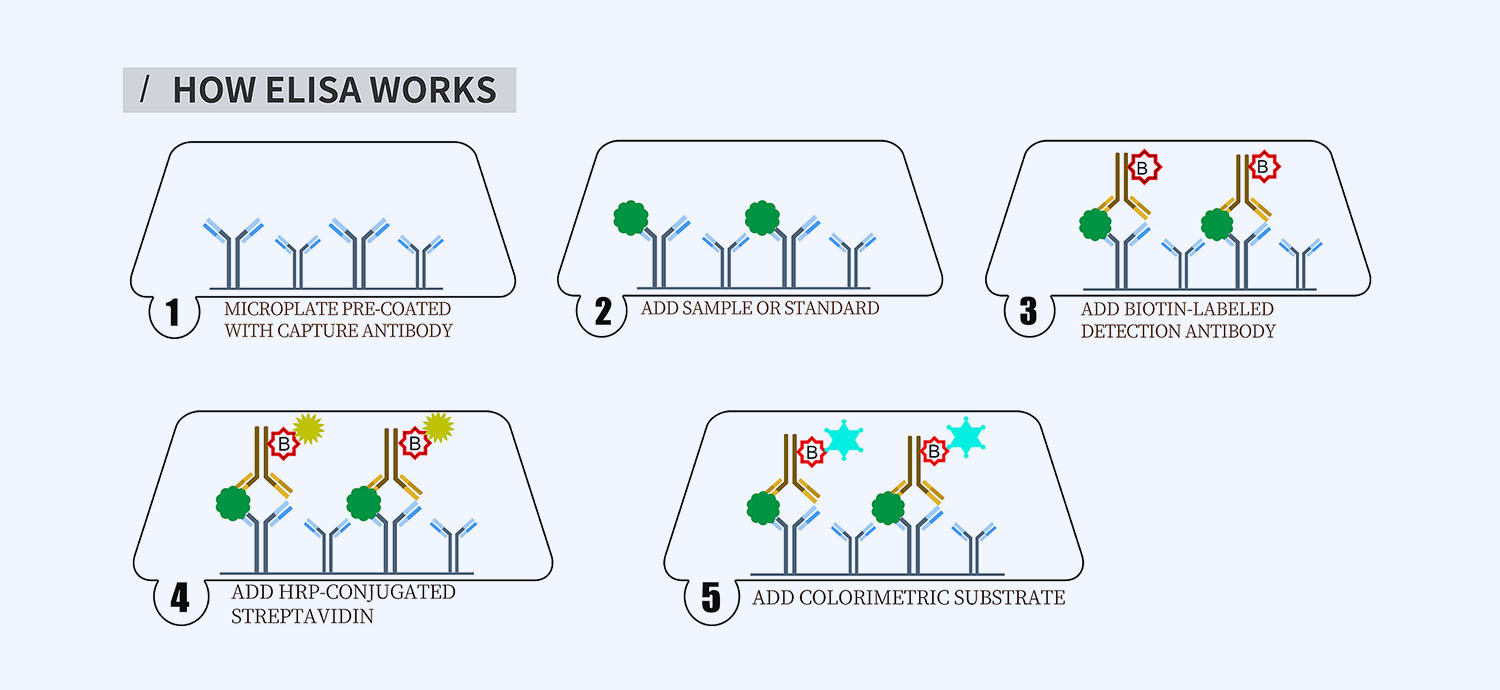
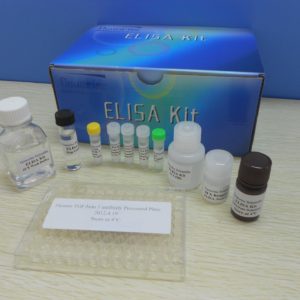
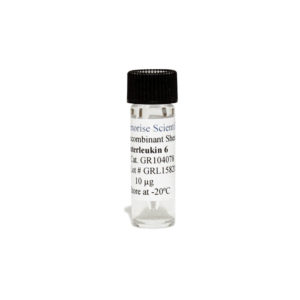

Reviews
There are no reviews yet.